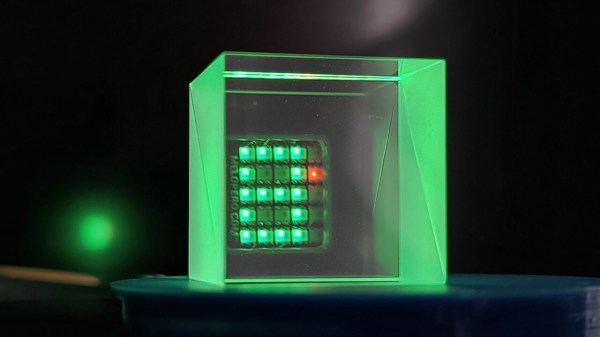Nerf blasters are fun toys, to be sure. However, they’re limited by factors like price and safety and what Hasbro thinks parents will put up with. Few caregivers would ever countenance a build like this one from [ItllProbablyWork].
It’s a blaster designed to fire 48 darts in a second or so, or a truly ludicrous 288 Nerf balls. Like so many rapid fire blaster designs, it’s based on a pair of rotating wheels which fling darts out at rapid speed. The trick to the rapid fire ability is the delivery of ammunition. In this case, the blaster has a rotating drum of 12 barrels, which can each be loaded with 4 darts or 24 balls. As the drum rotates into position, a trigger mechanism unlatches a spring which forces the contents of the barrel out through the wheels and on to the target.
It’s mostly pretty good with darts, but with balls, it tends to send them flying everywhere, including jamming a bunch into the blaster’s internals. It is very funny to watch, though.
We’ve seen some other great blaster builds recently, too. Video after the break.
Continue reading “Bonkers Nerf Blaster Sprays Balls Everywhere”






















